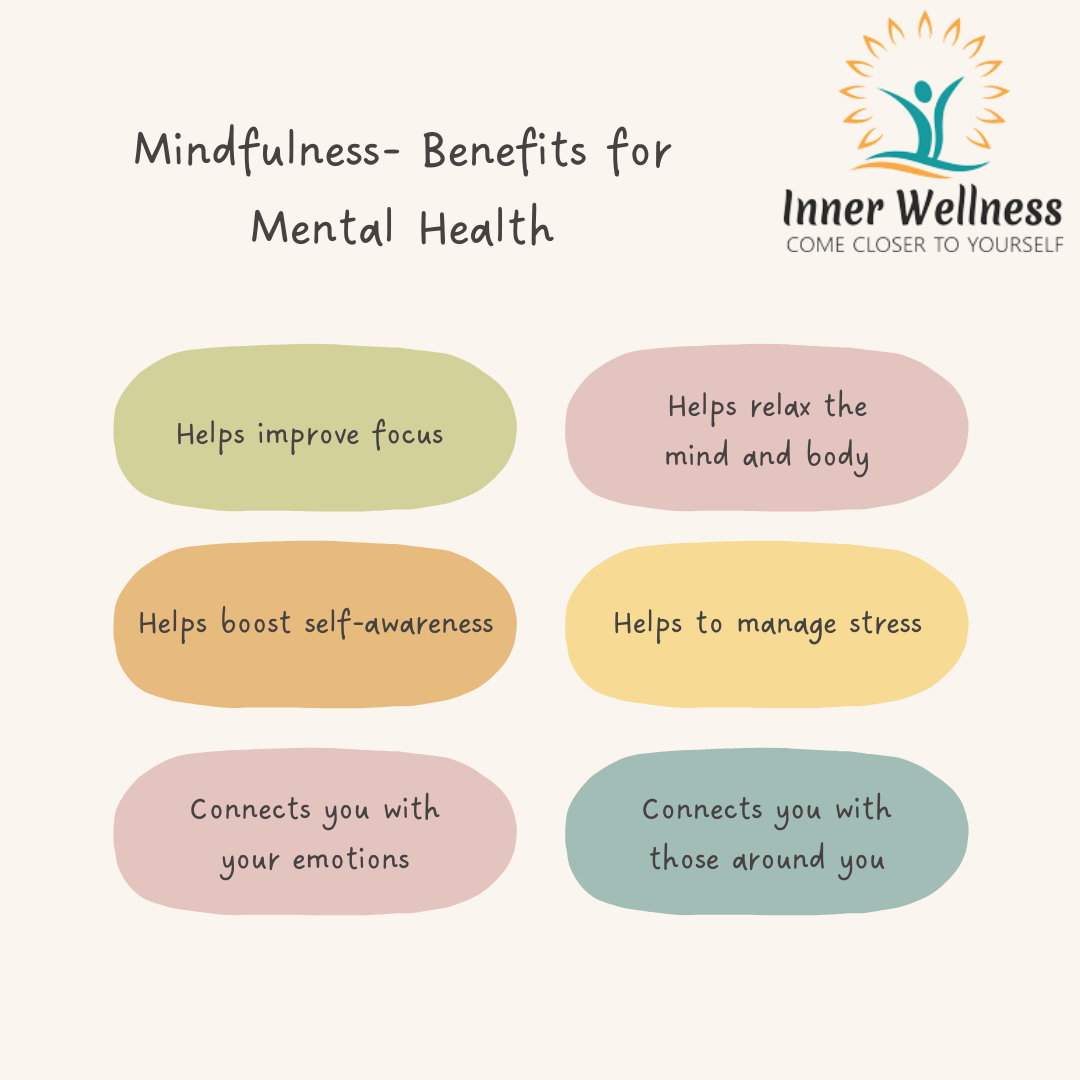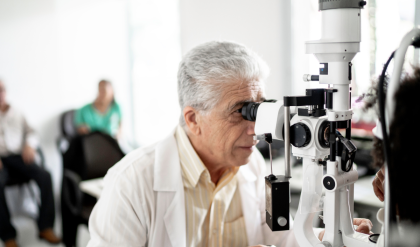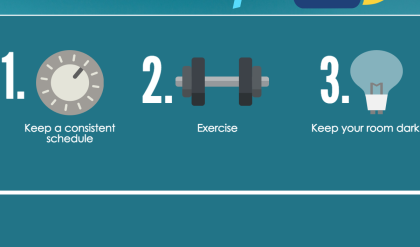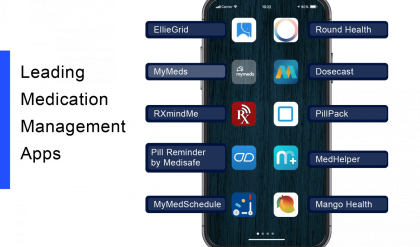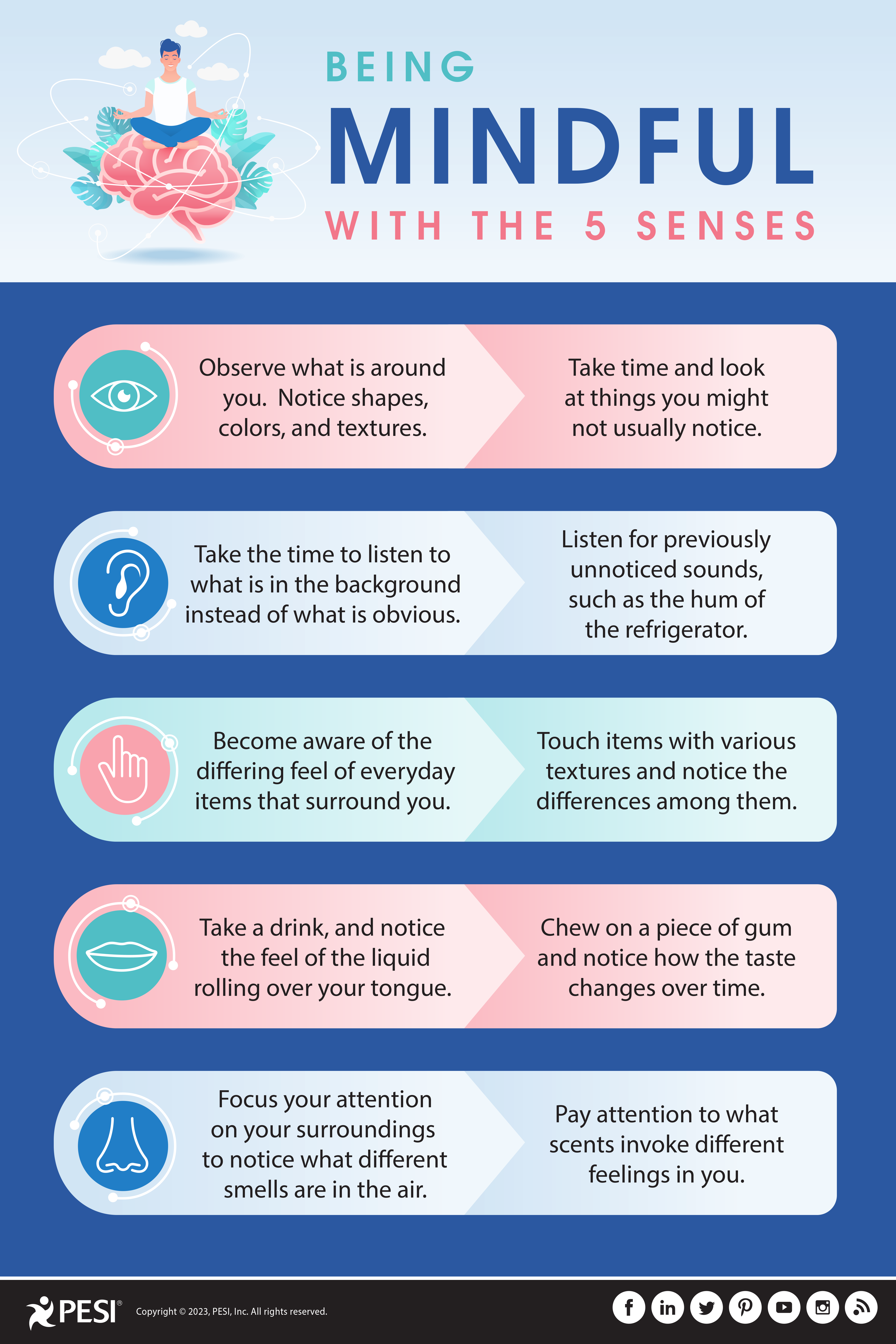
Stress Less, Live More: Practical Mindfulness Techniques for Busy Professionals
The relentless pace of modern professional life often leaves us feeling overwhelmed, depleted, and disconnected. The constant barrage of emails, deadlines, and meetings can trigger a chronic state of stress, impacting not only our productivity but also our overall well-being. But what if there was a way to navigate this demanding landscape with greater ease and equanimity? The answer lies in mindfulness.
This isn’t about escaping the pressures of your career; it’s about cultivating a mindful approach that allows you to engage with them more effectively. Mindfulness, at its core, is about paying attention to the present moment without judgment. It’s about recognizing the thoughts and feelings arising within you without getting swept away by them. This article explores practical mindfulness techniques specifically designed for busy professionals, helping you integrate these powerful practices into your already jam-packed schedule.
1. Micro-Mindfulness: Weaving Mindfulness into Your Day
Forget lengthy meditation retreats; mindfulness can be practiced in bite-sized pieces throughout your workday. These “micro-moments” of mindfulness can significantly reduce stress and enhance focus.
- The Focused Breath: Take a few deep, conscious breaths. Inhale deeply, feeling the air fill your lungs, and exhale slowly, releasing tension. Repeat this several times throughout the day, particularly during stressful moments.
- Mindful Walking: Pay attention to the sensation of your feet on the ground as you walk. Notice the rhythm of your steps, the air on your skin, and the sights and sounds around you.
- Sensory Awareness: Take a moment to engage your senses. What do you see, hear, smell, taste, and touch? This simple act grounds you in the present, pulling your attention away from racing thoughts.
2. Mindful Movement: Releasing Tension Through the Body
Physical tension often accompanies stress. Incorporating mindful movement into your routine can help release this tension and promote relaxation.
- Desk Stretches: Regularly perform simple stretches at your desk to alleviate stiffness and improve circulation. Shoulder rolls, neck stretches, and wrist rotations can make a big difference.
- Mindful Yoga or Tai Chi: Even a short session of yoga or Tai Chi can be incredibly beneficial. Focus on the movement of your body, the breath flowing through you, and the sensation of each pose.
- Walking Meditation: Combine mindful walking with mindful breathing for a deeply restorative experience.
3. Mindful Communication: Navigating Difficult Conversations
Professional interactions can often be a source of stress. Mindful communication helps you approach these interactions with greater clarity and composure.
- Active Listening: Pay close attention to what the other person is saying, both verbally and nonverbally. Resist the urge to interrupt or formulate your response while they’re speaking.
- Empathy and Compassion: Try to understand the other person’s perspective, even if you don’t agree with them. This fosters better communication and reduces conflict.
- Mindful Speaking: Before speaking, take a moment to center yourself. Choose your words carefully and speak with intention.
4. Digital Detox: Reclaiming Your Time and Attention
Our constant connectivity can be a significant source of stress. Incorporating regular digital detox periods into your routine can help you regain control of your attention and reduce mental clutter.
- Scheduled Breaks: Take regular breaks throughout the day to disconnect from your devices. Use this time for mindfulness practices, movement, or simply relaxing.
- Mindful Email Management: Set aside specific times for checking and responding to emails. Avoid constantly checking your inbox throughout the day.
- Evening Digital Detox: Establish a “digital curfew” in the evening to promote better sleep and reduce nighttime stress.
5. Mindful Self-Compassion: Treating Yourself with Kindness
Self-criticism is a common response to stress. Practicing self-compassion allows you to treat yourself with the same kindness and understanding you would offer a friend.
- Self-Kindness: Acknowledge your struggles and treat yourself with empathy.
- Common Humanity: Remember that everyone experiences challenges and setbacks.
- Mindfulness: Pay attention to your thoughts and feelings without judgment.
Practical Mindfulness Techniques: A Quick Guide
| Technique | Description | Time Commitment | Benefits |
|---|---|---|---|
| Focused Breath | Deep, conscious breathing | 1-5 minutes | Reduces stress, improves focus |
| Mindful Walking | Paying attention to sensations while walking | 5-15 minutes | Grounds you, relieves tension |
| Sensory Awareness | Engaging your five senses | 1-3 minutes | Increases present moment awareness |
| Desk Stretches | Simple stretches at your desk | 5-10 minutes | Alleviates stiffness, improves circulation |
| Mindful Email | Scheduled email checks | Varies | Reduces email overwhelm |
By incorporating these practical mindfulness techniques into your daily routine, you can transform your relationship with stress, enhancing your productivity, resilience, and overall well-being. Remember, the journey to mindfulness is a process, not a destination. Be patient with yourself, and celebrate your progress along the way. The rewards—a calmer mind, a more focused approach, and a greater sense of peace—are well worth the effort.

Additional Information
Stress Less, Live More: A Deeper Dive into Mindfulness for Busy Professionals
The book “Stress Less, Live More” likely advocates for mindfulness techniques as a countermeasure to the pervasive stress affecting busy professionals. While the core message is straightforward – incorporate mindfulness to reduce stress – a deeper analysis reveals several nuanced aspects requiring closer examination.
1. The Neurobiological Underpinnings: The book likely touches upon the physiological effects of stress and how mindfulness intervenes. To expand, we can examine the hypothalamic-pituitary-adrenal (HPA) axis. Chronic stress activates this axis, leading to prolonged cortisol release, contributing to various health problems like cardiovascular disease, weakened immunity, and mental health issues. Mindfulness practices, such as meditation and deep breathing, have been shown to modulate the HPA axis response, reducing cortisol levels and promoting a state of relaxation. Studies using fMRI have demonstrated changes in brain regions associated with emotional regulation and self-awareness in individuals practicing mindfulness, strengthening the neurobiological basis for its efficacy.
2. Specificity of Techniques: The effectiveness of mindfulness hinges on the specific techniques employed. The book likely introduces several, but a deeper analysis would categorize and compare their efficacy for different stress profiles. For example:
- Mindful Breathing: A foundational technique, effective for immediate stress reduction by shifting focus from anxieties to the present moment. Its impact can be amplified with guided meditations which promote deeper relaxation and attention control.
- Body Scan Meditation: This technique increases body awareness, allowing individuals to detect and address tension build-up in specific muscle groups, potentially preventing the escalation of stress-related physical symptoms.
- Mindful Movement (Yoga/Tai Chi): Combining physical activity with mindful awareness enhances both physical and mental well-being. Studies show that yoga, for example, can significantly reduce stress hormones and improve mood.
- Mindful Walking: A readily accessible technique that integrates mindfulness into daily life, making it particularly suitable for busy professionals. It encourages present moment awareness of physical sensations and surroundings, reducing rumination and worry.
3. Challenges and Barriers to Implementation: The book may address the challenges professionals face in integrating mindfulness into their busy schedules. A deeper look reveals that these challenges are significant and require specific strategies:
- Time Constraints: The perception of time scarcity is a major obstacle. However, even short, 5-10 minute mindfulness exercises throughout the day can accumulate significant benefits. Micro-practices, such as mindful breathing during a meeting break, can be highly effective.
- Lack of Motivation/Discipline: Consistent practice is crucial. Strategies like setting reminders, finding a dedicated space, and joining a mindfulness group can enhance adherence. The book should emphasize the importance of self-compassion and acceptance of occasional lapses.
- Mind Wandering: The wandering mind is a common experience during mindfulness practice. The book could provide techniques for gently redirecting attention without judgment, focusing on the present sensory experience.
4. Integration with Existing Stress Management Strategies: Mindfulness shouldn’t exist in isolation. A comprehensive approach would integrate mindfulness with other effective stress management strategies, such as:
- Time Management Techniques: Prioritization, delegation, and boundary setting are crucial for reducing workload-related stress. Mindfulness can enhance the effectiveness of these techniques by fostering a more balanced and focused approach.
- Cognitive Behavioral Therapy (CBT): CBT techniques can address negative thought patterns contributing to stress. Mindfulness complements CBT by improving self-awareness and emotional regulation skills.
- Healthy Lifestyle Choices: Regular exercise, a balanced diet, and sufficient sleep are essential for overall well-being and stress resilience. Mindfulness can support the adoption and maintenance of these healthy habits.
5. Measuring Efficacy: The book may discuss subjective experiences of reduced stress. However, a rigorous evaluation requires objective measures. Studies often use standardized stress scales (e.g., Perceived Stress Scale), physiological indicators (e.g., cortisol levels, heart rate variability), and self-reported measures of well-being to assess the efficacy of mindfulness interventions. Discussing such research findings would strengthen the credibility and impact of the book.
In conclusion, while “Stress Less, Live More” likely provides a valuable introduction to mindfulness for busy professionals, a deeper analysis necessitates exploring its neurobiological underpinnings, the specificity of techniques, the challenges of implementation, its integration with other stress management strategies, and the objective measurement of its efficacy. By incorporating these elements, the book’s value and practical applicability can be significantly enhanced.
